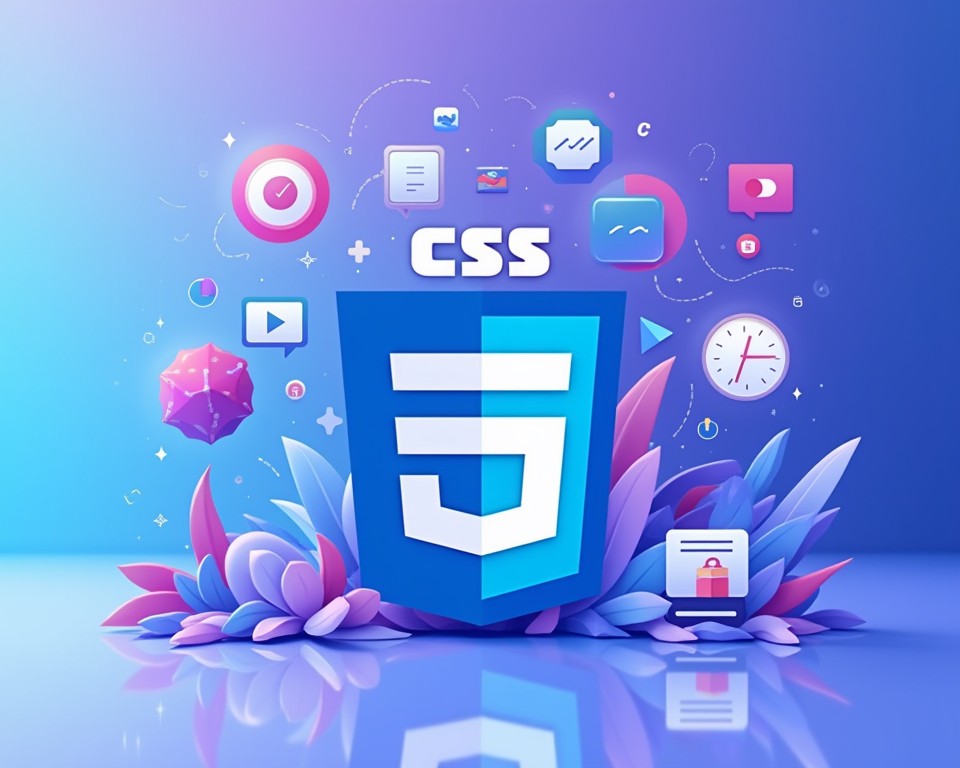CSS continues to evolve, unlocking new possibilities for web designers and developers. These latest features not only simplify your workflow but also enhance your ability to create dynamic, responsive designs with minimal effort.
In this blog, we’ll explore seven innovative CSS features that are reshaping how websites are built in 2024.
1. Center Elements with Ease (No More Flexbox Hassles)
Centering elements has always been a challenge, often requiring complex flexbox configurations. The latest CSS enhancements make centering as simple as it gets:
.my-element {
display: block;
align-content: center;
}
This approach eliminates the need for extra container elements and complex nesting, allowing you to achieve perfect centering with cleaner code.
2. Smarter CSS Variables with @property
The @property rule revolutionizes CSS variables by adding type safety, inheritance control, and default values.
Here’s how it works:
@property --rotation {
syntax: '<angle>';
inherits: false;
initial-value: 0deg;
}
div {
transform: rotate(var(--rotation));
}
Benefits:
- Ensures variables are type-safe.
- Controls inheritance for predictable behavior.
- Sets default values for a consistent starting point.
3. Seamless Initial Renders with @starting-style
Avoid the dreaded flash of unstyled content (FOUC) with the @starting-style rule. This feature ensures your elements render smoothly, avoiding abrupt transitions.
@starting-style {
.modal {
opacity: 0;
visibility: hidden;
}
}
.modal {
opacity: 1;
visibility: visible;
transition: opacity 0.3s ease, visibility 0.3s ease;
}
Your modals and other dynamic elements will load like a charm, creating a polished user experience.
4. Advanced Math Functions for Flexible Calculations
CSS now supports enhanced math functions such as round(), mod(), and rem() for better control over layout calculations.
Here’s a glimpse:
.box {
margin: round(2.5px); /* Rounds to 3px */
}
.stripe:nth-child(odd) {
left: calc(var(--index) * 50px mod 200px);
}
.circle {
width: rem(10px, 3px); /* Outputs 1px */
}
These functions make it easier to create responsive, precise designs without relying heavily on JavaScript for calculations.
5. Effortless Light and Dark Mode Switching
Forget about complex media queries for light and dark mode! The new light-dark() function simplifies theme management:
body {
background-color: light-dark(white, black);
color: light-dark(black, white);
}
This concise syntax allows you to define color schemes that adapt seamlessly to user preferences.
6. Improved Form Validation Feedback with New Pseudo-Classes
Form validation just got smarter with :user-valid and :user-invalid. These pseudo-classes apply styles only after user interaction, avoiding premature feedback.
input:user-valid {
border-color: green;
}
input:user-invalid {
border-color: red;
}
This feature ensures forms provide meaningful feedback without overwhelming users.
7. Dynamic Animations with interpolate-size
Say hello to smoother size transitions! The interpolate-size property enables seamless animations for dynamic elements:
.collapsible {
interpolate-size: height ease-in-out 0.3s;
}
.collapsible.open {
height: auto;
}
This property makes expanding and collapsing sections visually appealing, especially for interactive components.
Browser Compatibility
The best part? These features are supported across modern browsers, including Chrome, Firefox, Safari, and Edge. While some features may still be experimental, they’re steadily gaining adoption in the developer community.
Conclusion
CSS is no longer just about styling—it’s evolving into a powerful tool for creating dynamic, responsive, and efficient web experiences. By incorporating these new features into your workflow, you can:
- Simplify code.
- Improve performance.
- Deliver a better user experience.
Stay ahead of the curve by exploring and implementing these game-changing CSS features in your next project!
